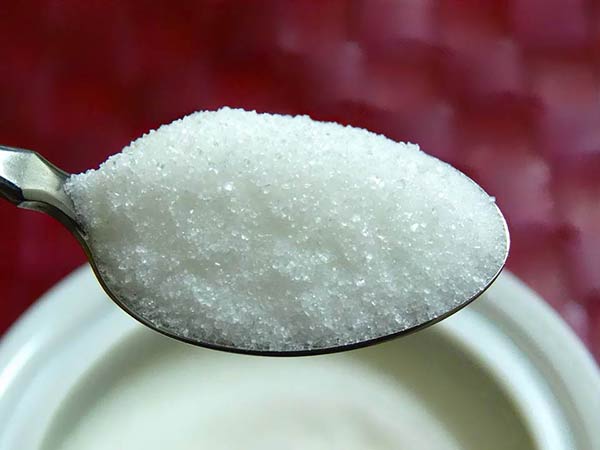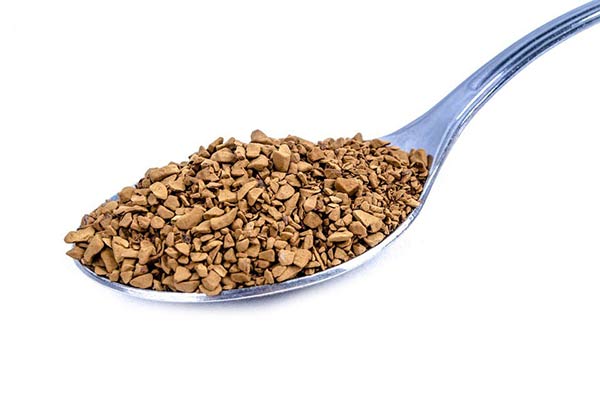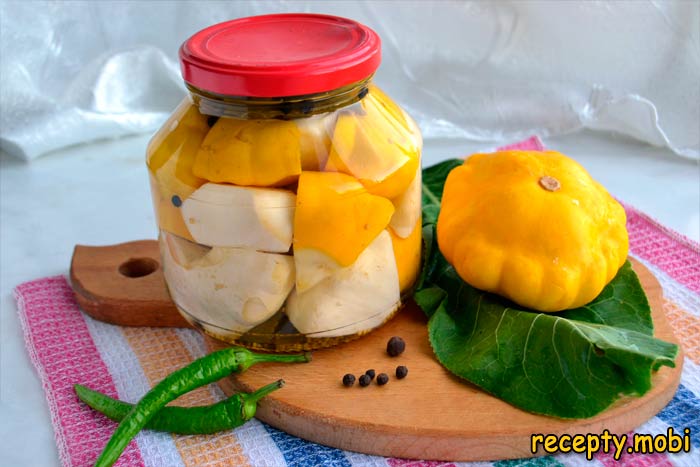
How many grams in a teaspoon and tablespoon
Sometimes small amounts of certain ingredients are more convenient to measure with a spoon, especially if there are no kitchen scales. You just need to know how many grams of this substance are contained in a spoon. It should be understood that this method will not provide absolute accuracy, but in culinary recipes, minor inaccuracies do not matter and are quite acceptable.
Important! If the recipe specifies a tablespoon of the product, it means you should scoop it with a small mound over the edges. If it says without a mound, it means the substance is leveled with the edges of the spoon.
Standard volume of spoons:
- teaspoon - 5 ml;
- dessert spoon - 10 ml;
- tablespoon - 15 ml.
The weight of the product will equal the volume if it is about water and liquids of the same density. To determine the weight of different products with a spoon, such as sugar, salt, flour – you need to know how many grams of these products are contained in a spoon.
How many grams of sugar in a spoon
- in a tablespoon - 25 grams of sugar with a mound and 20 grams of sugar without a mound;
- in a teaspoon - 8 grams of sugar with a mound and 5 grams of sugar without a mound.

Weight in a tablespoon of bulk products
Products are taken in dry condition.
- salt - 30 grams with a mound and 20 grams without a mound;
- soda - 28 grams with a mound and 20 grams without a mound;
- sugar - 25 grams with a mound and 20 grams without a mound;
- powdered sugar - 25 grams with a mound and 20 grams without a mound;
- baking powder - 15 grams with a mound and 10 grams without a mound;
- starch - 30 grams with a mound and 20 grams without a mound;
- flour - 30 grams with a mound and 15 grams without a mound;
- gelatin - 15 grams with a mound and 10 grams without a mound;
- dry yeast - 12 grams with a mound and 10 grams without a mound;
- citric acid - 20 grams with a mound and 15 grams without a mound;
- protein – 25 grams heaped and 15 grams level;
- dry milk – 25 grams heaped and 12 grams level;
- instant coffee – 18 grams heaped and 12 grams level;
- ground allspice – 13 grams heaped and 7.2 grams level;
- ground red pepper – 11 grams heaped and 5.38 grams level;
- ground black pepper – 12 grams heaped and 7 grams level;
- cocoa powder – 15 grams heaped and 10 grams level;
- semolina – 16 grams heaped and 10 grams level;
- buckwheat – 25 grams heaped and 18 grams level;
- millet – 25 grams heaped and 20 grams level;
- cornmeal – 20 grams heaped and 15 grams level;
- oat flakes – 16 grams heaped and 12 grams level;
- barley – 25 grams heaped and 20 grams level;
- poppy seeds – 15 grams heaped and 10 grams level;
- pearl barley – 20 grams heaped and 15 grams level;
- rice – 30 grams heaped and 20 grams level.

Weight in a tablespoon of liquid products
The weight of liquid products is given in a standard tablespoon, which holds 15 ml of liquid.
- water – 15 grams;
- vinegar – 15 grams;
- soy sauce – 21 grams;
- sour cream – 20 grams;
- kefir – 18 grams;
- mayonnaise – 25 grams;
- milk – 15 grams;
- condensed milk – 30 grams;
- cream – 15 grams;
- yogurt – 25 grams;
- vegetable oil – 17 grams;
- tomato paste – 30 grams;
- honey – 21 grams.
Weight in a teaspoon of bulk products
The weight of dry bulk products is given in a teaspoon heaped / level.
- sugar – 10 grams heaped and 7 grams level;
- sorbitol (dry sugar substitute) – 7 grams heaped and 5 grams level;
- rock salt – 12 grams heaped and 8 grams level;
- fine salt – 10 grams heaped and 7 grams level;
- baking soda – 10 grams heaped and 7 grams level;
- baking powder – 8 grams heaped and 5 grams level;
- starch – 9 grams heaped and 6 grams level;
- flour – 12 grams heaped and 9 grams level;
- citric acid – 8 grams heaped and 5 grams level;
- cocoa powder – 12 grams heaped and 9 grams level;
- dry milk – 14 grams heaped and 12 grams level;
- dry cream – 6 grams heaped and 5 grams leveled;
- gelatin – 8 grams heaped and 5 grams leveled;
- dry yeast – 8 grams heaped and 5 grams leveled;
- mustard powder – 7 grams heaped and 4 grams leveled;
- instant coffee – 5 grams heaped and 4 grams leveled;
- ground coffee – 9 grams heaped and 7 grams leveled;
- tea – 3 grams heaped and 2 grams leveled;
- raisins – 10 grams heaped and 7 grams leveled;
- poppy seeds – 12 grams heaped and 8 grams leveled;
- ground pepper – 8 grams heaped and 5 grams leveled;
- ground cinnamon – 12 grams heaped and 8 grams leveled;
- buckwheat – 10 grams heaped and 7 grams leveled;
- barley and pearl barley – 11 grams heaped and 8 grams leveled;
- semolina – 12 grams heaped and 8 grams leveled;
- rice – 8 grams heaped and 5 grams leveled;
- beans – 12 grams heaped and 10 grams leveled;
- lentils – 9 grams heaped and 7 grams leveled;
- corn flakes – 4 grams heaped and 2 grams leveled;
- oat flakes – 8 grams heaped and 6 grams leveled;
- dry egg powder – 12 grams heaped and 10 grams leveled;
- dry potato puree – 12 grams heaped and 10 grams leveled;
- potassium permanganate (manganese) – 18 grams heaped and 15 grams leveled;
- bread crumbs – 7 grams heaped and 5 grams leveled;
- nuts – 13 grams heaped and 10 grams leveled.
Weight of liquid products in a teaspoon
- water – 5 grams;
- vegetable oil – 5 grams;
- vinegar – 5 grams;
- tomato paste – 5 grams;
- liqueur – 7 grams;
- honey – 10 grams;
- red caviar – 7 grams;
- condensed milk – 12 grams;
- whole milk – 5 grams;
- cottage cheese – 4 grams;
- sour cream – 10 grams;
- mayonnaise – 10 grams;
- butter – 5 grams;
- melted margarine – 4 grams;
- fruit puree – 17 grams;
- soy sauce – 5 grams.
These tables make it easy to navigate how many grams are in a spoon (tablespoon or teaspoon) of different products. To determine the exact weight, it's better to use electronic scales.






